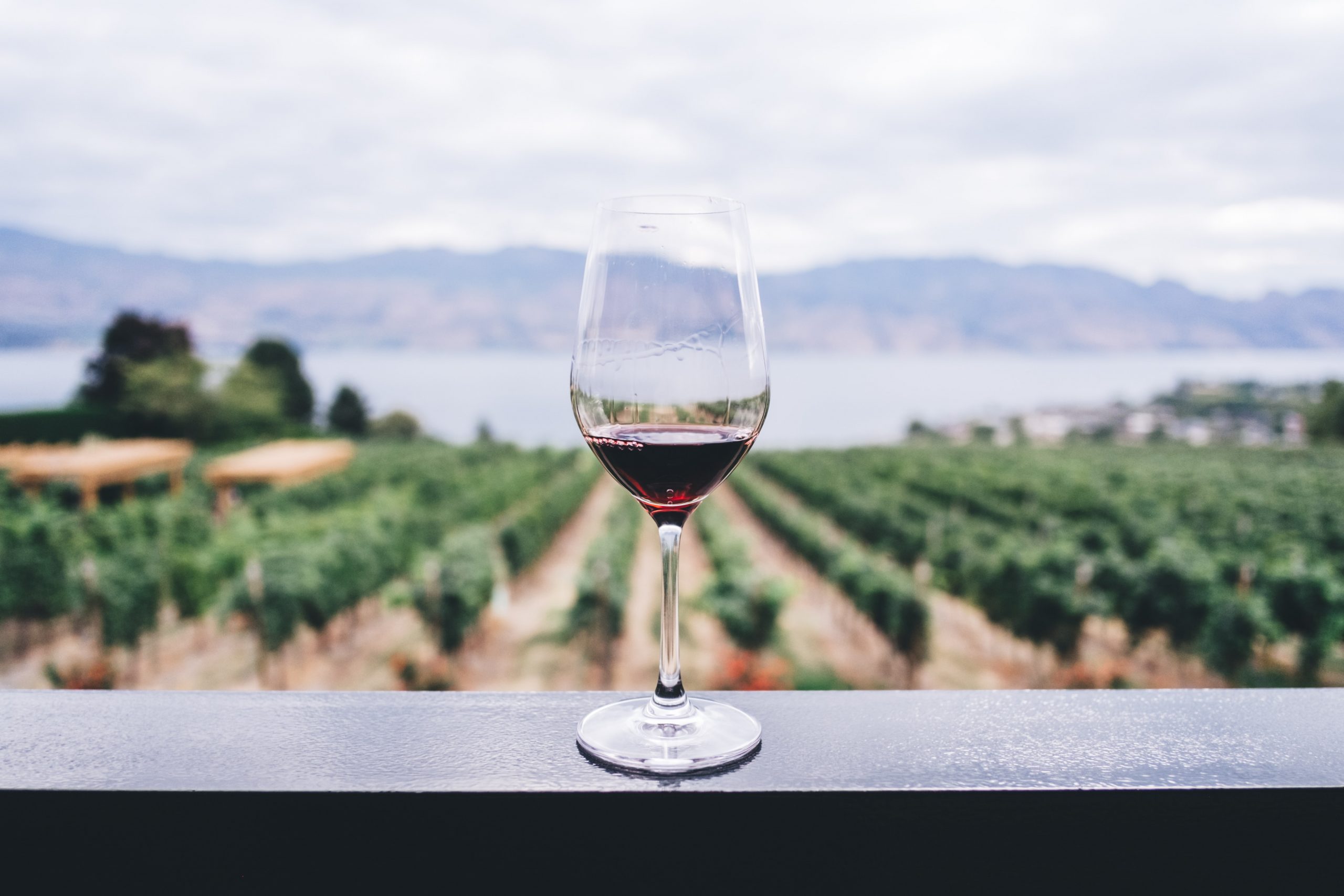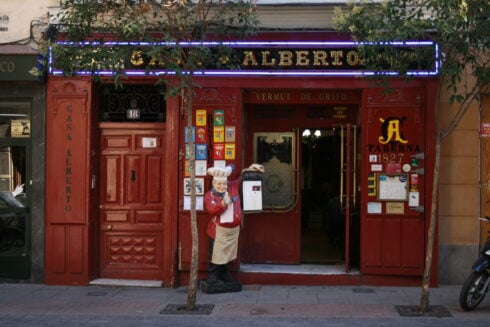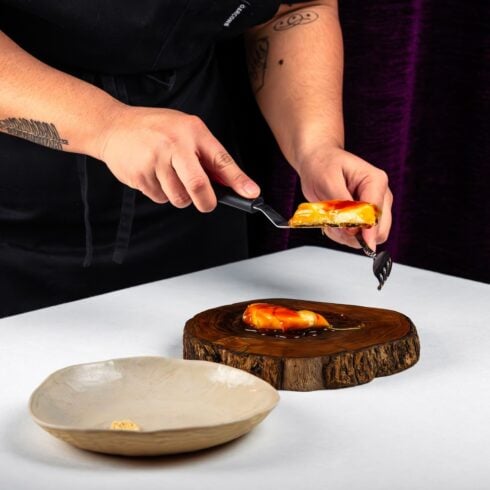Autumn is in the air, and in Spain that means that we are moving into the best season to enjoy a spot of wine tourism.
We all know that Spain produces some of the world’s finest wines and has some incredible bodegas to visit, and harvest time is one of the most interesting times to visit.
This is the time of year when many towns and villages in Spain’s wine growing areas throw special festivals known as la vendimia to celebrate the grape harvest.
You’ll find music, food and of course lots of local wine as well as an opportunity to watch the tasks involved in the wine-making process.
Here are our favourite six wine growing regions in Spain to get you started.
La Rioja
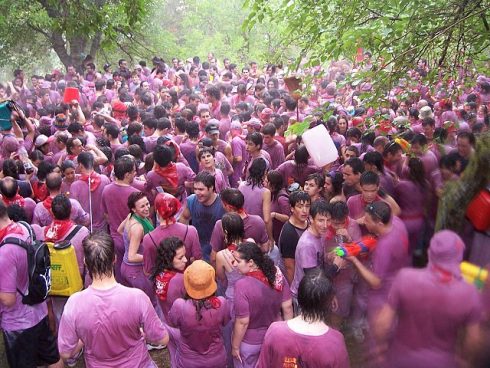
Perhaps the most well known of the Spanish wine regions, La Rioja is found in the north in the Basque country. It produces full bodied red wines that are rumoured to have been inspired by French Bordeaux from the 18th century. They use the Tempranillo grape amongst others. People can attend wine tastings here as well as the famous Batalla del Vino wine fight in it’s capital of Haro which takes place on June 29th each year.
Cariñena
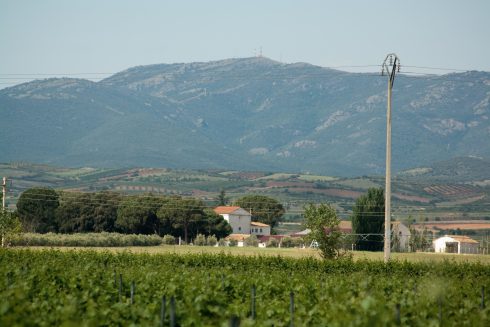
This is one of the oldest protected wine regions in Europe and the native ground of the Carignan grape variety. The north-eastern region is known for its full-bodied oaky reds, its fruity rosés and acidic whites. These wines are also known for their particularly high alcohol content.
Come during the harvest festival to witness their famous fountain squirting wine instead of water or visit its wine museum to learn the tricks of the trade.
Ribera del Duero
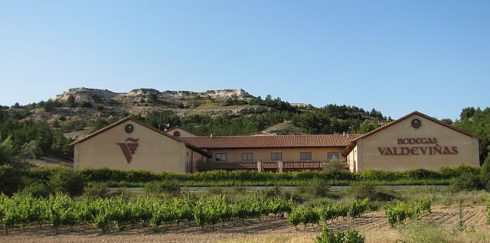
Wine here is grown on the shores of the river Duero and has been produced here for two thousand years. This northern region only produces red wines that are somewhat similar to rioja although the difference in terroir lends to a distinctive taste. They are also praised for the longevity of their wines too which is something they pride themselves on. There are many amazing wineries to visit but two of the best in Aranda de Duero are Bodegas Historica Don Carlos and Bodega y Viñedos Martín Berdugo.
Rueda
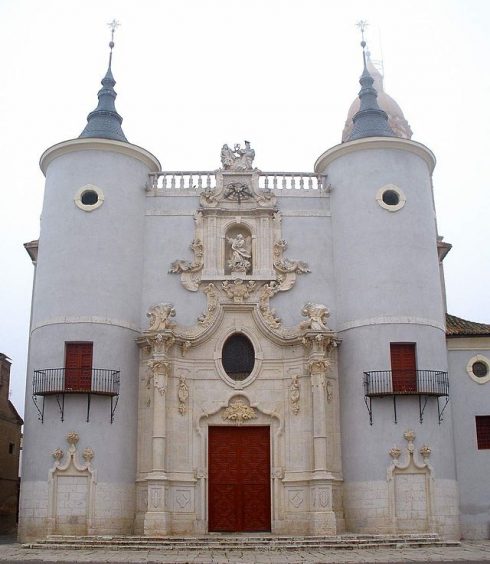
This north-western region is known primarily for its white wines and uses the verdejo grape variety. The first documented wine production in this area dates back to the 11th century. The wine produced here has gained popularity due to its distinct flavour thanks to the use of local clay during the clarification process. Visit Rueda to marvel at some of the best examples of Baroque architecture such as the Church of Nuestra Señora de la Asunción. They also have a festival coming up soon in the second weekend of October. During the Fiesta de la Vendimia, visitors can taste wine, learn about the production process as well as enjoy activities and performances.
Priorat
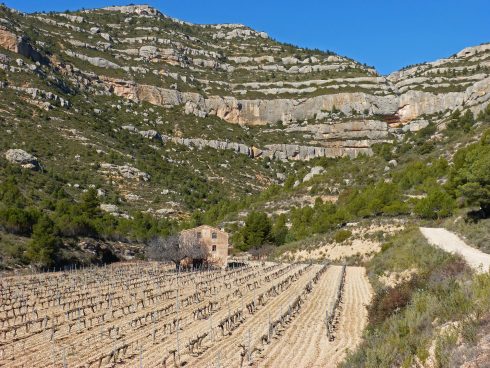
Head to the north-eastern corner to visit Priorat, in the Tarragona province. Due to its locale in a very mountainous area with black slate and quartz soil, the wine produced here has an inherently mineral taste. It is one of two wines to have received the ‘Qualified Designation of Origin and mainly produces red wines but is also home to white as well. Here visitors can take scenic strolls around Montsant natural park and also go on the wine and olive trails that they offer as well.
Penedès
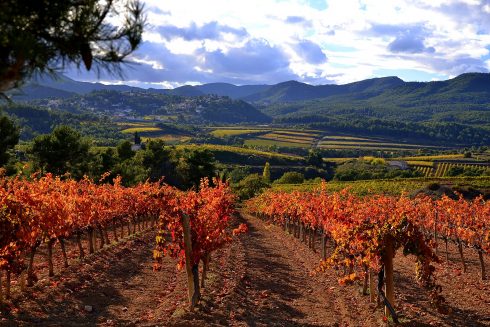
This region is not only the largest wine-producing region in Catalunya but it also holds the title as one of the oldest wine-producing regions in Europe dating back to the 6th century BC. Their expansive terroir means that this region produces a plethora of different wines and while the sunny vineyards at lower elevations are ideal for red varietals like Cariena, Grenache, and Tempranillo, the higher altitudes inland offer excellent white wines. It’s also famed for its cava and is home to many modern and interesting Spanish growers such as Bodegas Torres, Pinord and cava houses like Freixenet.
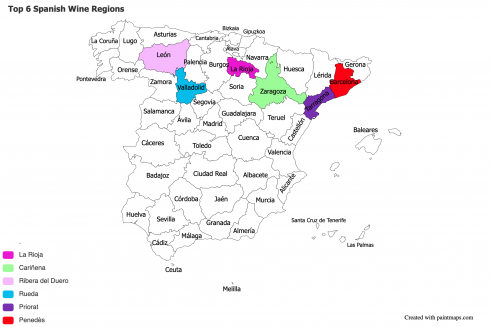
READ MORE:
- NICE DROP OF PORT: Spain’s Valencia leads the way in international wine exports
- How Spain’s Valencia region has become a coastal paradise for wine lovers
- BOTTOMS UP: Ripe pickings for the Andalucian wine market
Click here to read more News from The Olive Press.

